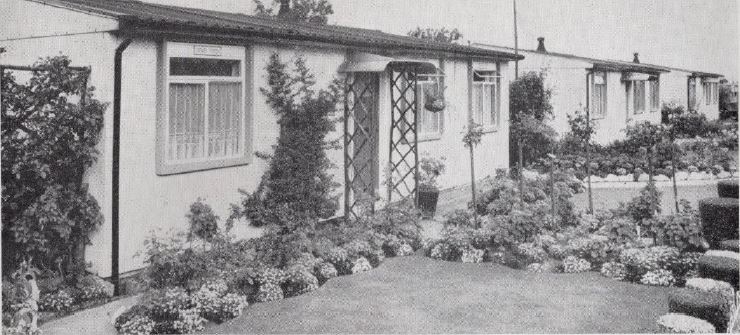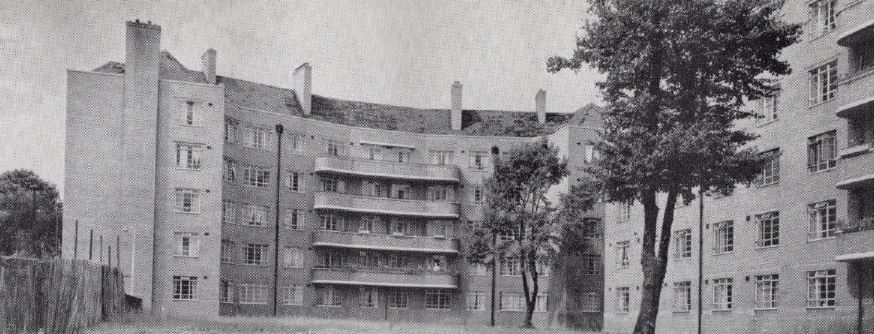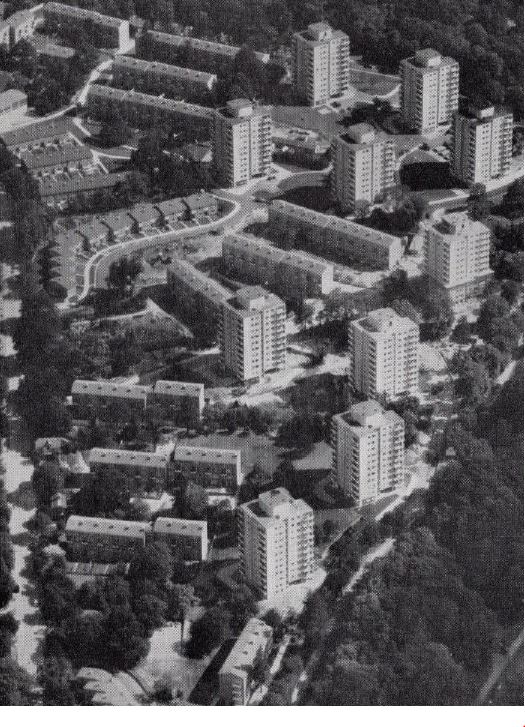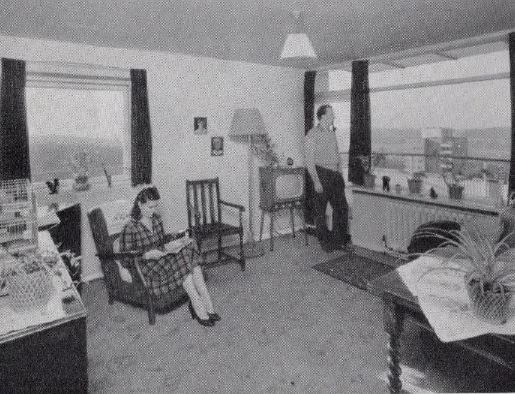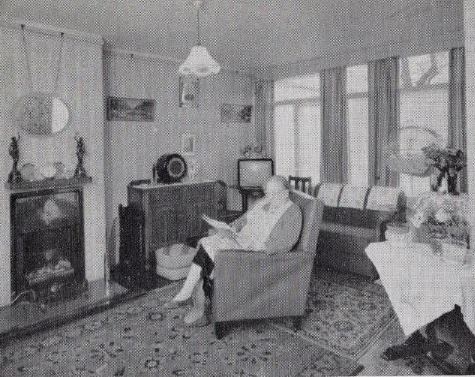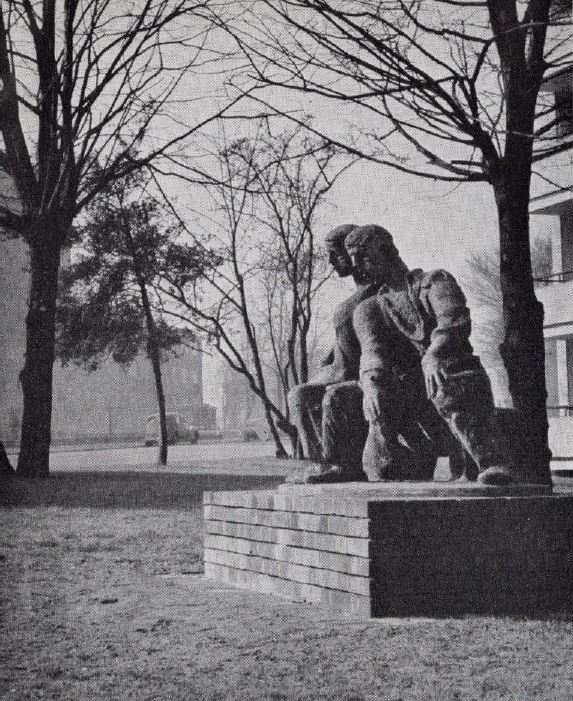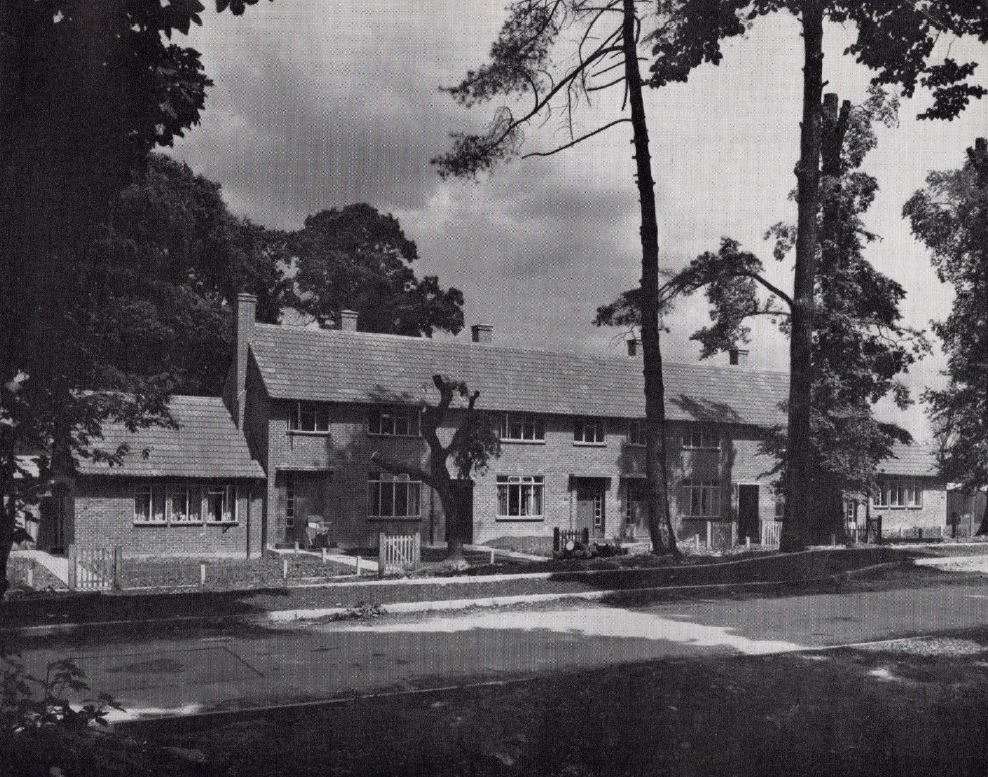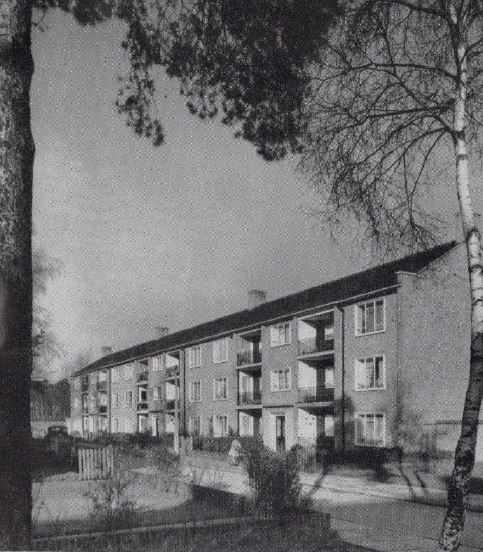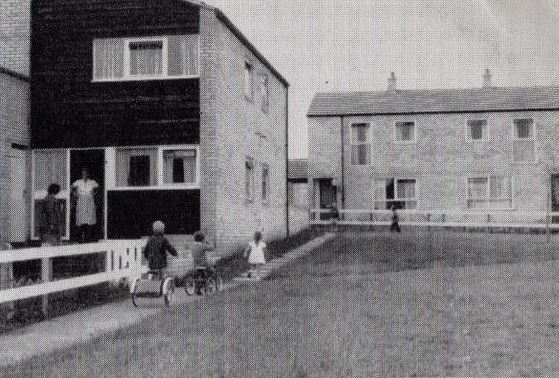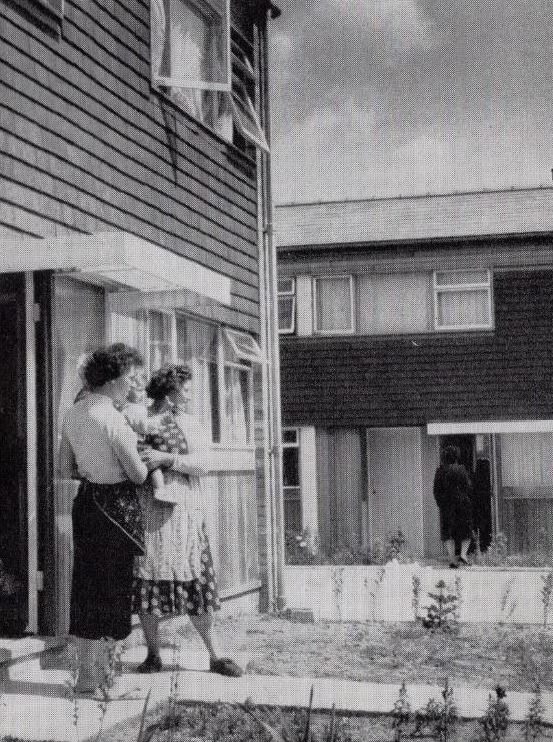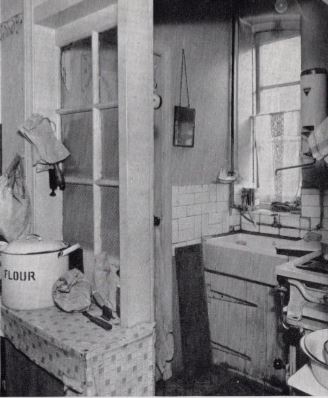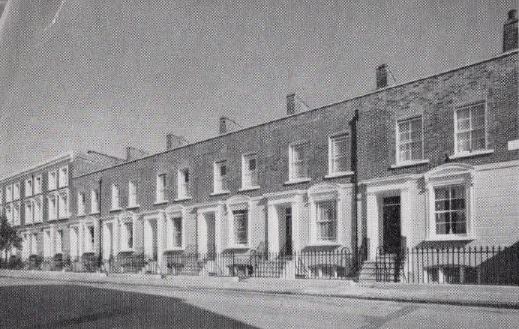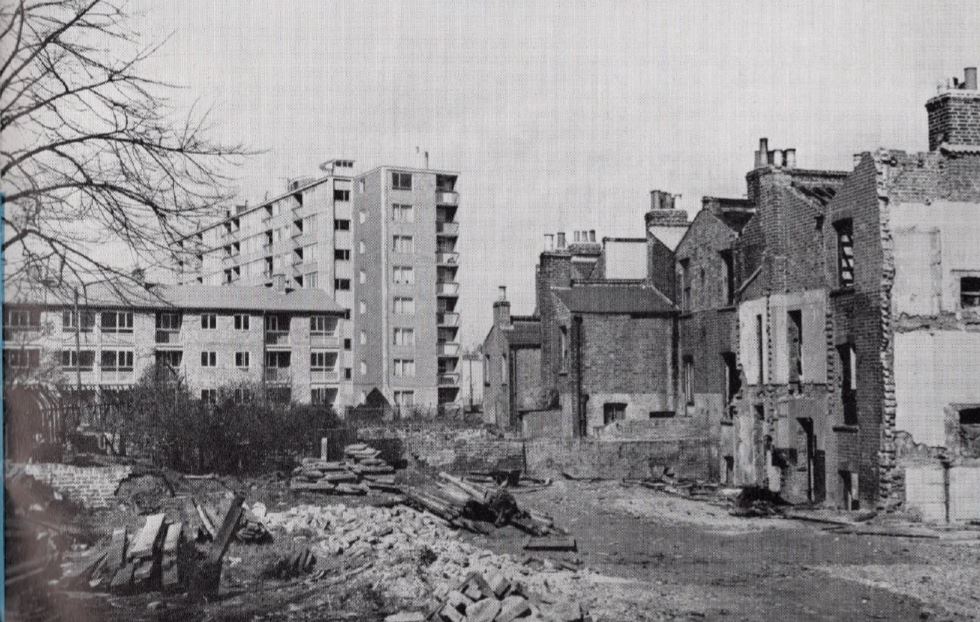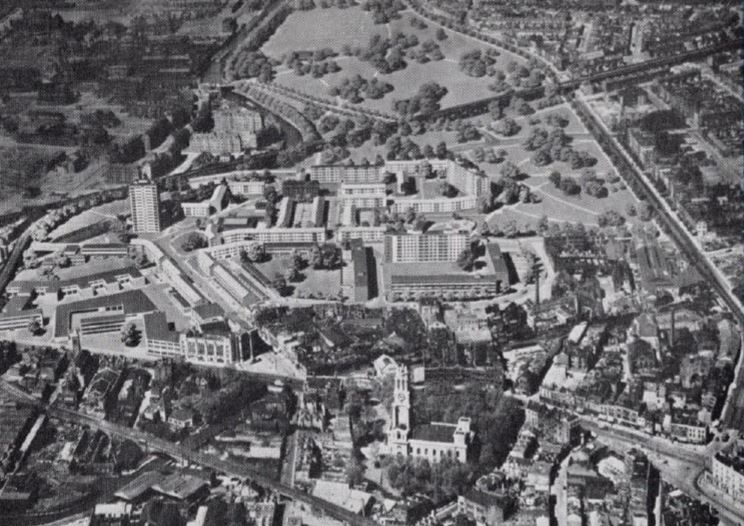1/ THREAD. What did the London County Council ever do for us? ‘Housing Londoners, 1945-60’ suggests quite a lot (with special thanks to @LCCmunicipal) for supplying my copy). For a start, by 1960 the LCC had provided 200,000 new homes, over half since the war.
2/ In the post-war housing crisis, prefabricated homes offered a solution: temporary such as this (also a winner of the gardening competition), one of 15,000 across London, and permanent like the BISF steel-framed house in Oxhey, one of 13,000 permanent prefabs of all types.
3/ The first post-war housing was built under the aegis of the Valuer’s Department for speed and efficiency but was architecturally undistinguished – this at Highbury Estate, Islington (to left) and the Fayland Estate in Wandsworth.
4/ Housing design was subsequently handed back to the Chief Architect’s department and it produced what was called ‘probably the finest low-cost housing development in the world’ at Alton – Alton East (left) in New Humanist style; Alton West in Brutalist.
5/ Alton’s interiors were more homely, a reminder that high-rise, modernist housing provided decent homes for many thousands.
6/ But the LCC was concerned with more than mere housing. Here’s the shopping centre on the Brandon Estate in Southwark, ‘Neighbours’ by Siegfried Charoux at the Highbury Quadrant Estate in Islington, and a play sculpture on the Locksley Estate, Stepney.
7/ Whilst the LCC built 52,000 new homes in London proper, a further 43,400 were built in ‘out-of-county’ estates such as these in the Debden Estate (Essex), the Merstham Estate (Surrey) and the flats on the Sheerwater Estate (Surrey).
8/ In the bid to ease London’s overcrowding, a programme of Expanded Towns was developed across the south-east including Haverhill in Suffolk where 1400 new homes were projected and Thetford, Norfolk, with 1500. You can read more about Thetford here: https://municipaldreams.wordpress.com/2018/12/05/thetford_expanded_town_i/">https://municipaldreams.wordpress.com/2018/12/0...
9/ Older housing was modernised too such as that on the Millbank Estate in Westminster and the Murphy Buildings in Southwark, both built at the turn of the century. A £6m modernisation programme was begun in 1951.
10/ New kitchens like these in Cable Street, Stepney (at the top) and the Bourne Estate in Holborn show what was achieved. Typically new space standards and improved facilities reduced the number of homes on older estates by 10 percent.
11/ The LCC was also anticipating to a limited extent the shift in the later 1960s towards rehabilitation of older terraced properties such as these on the Brandon Estate.

 Read on Twitter
Read on Twitter
